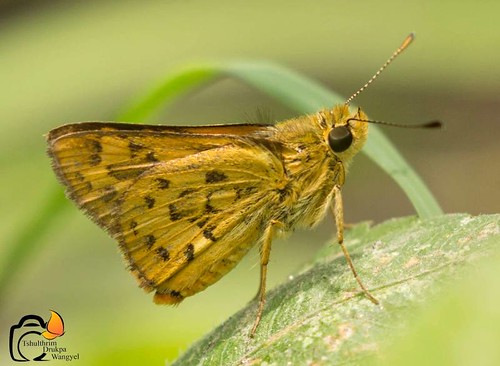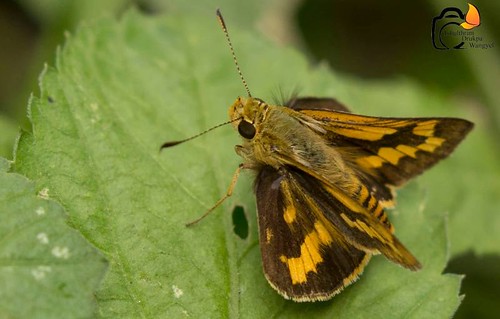Good Morning Dr Seow
Greetings from South India.
Our friend from Bhutan has these two specimen's images. ID help from you is appreciated
1.01 by GKBaliga, on Flickr
2. We have little confusion regarding these two images of the same specimen.
Could it be Dodona eugenes or Dodona dipoea
Punch by GKBaliga, on Flickr
Punch2 by GKBaliga, on Flickr






 Reply With Quote
Reply With Quote



